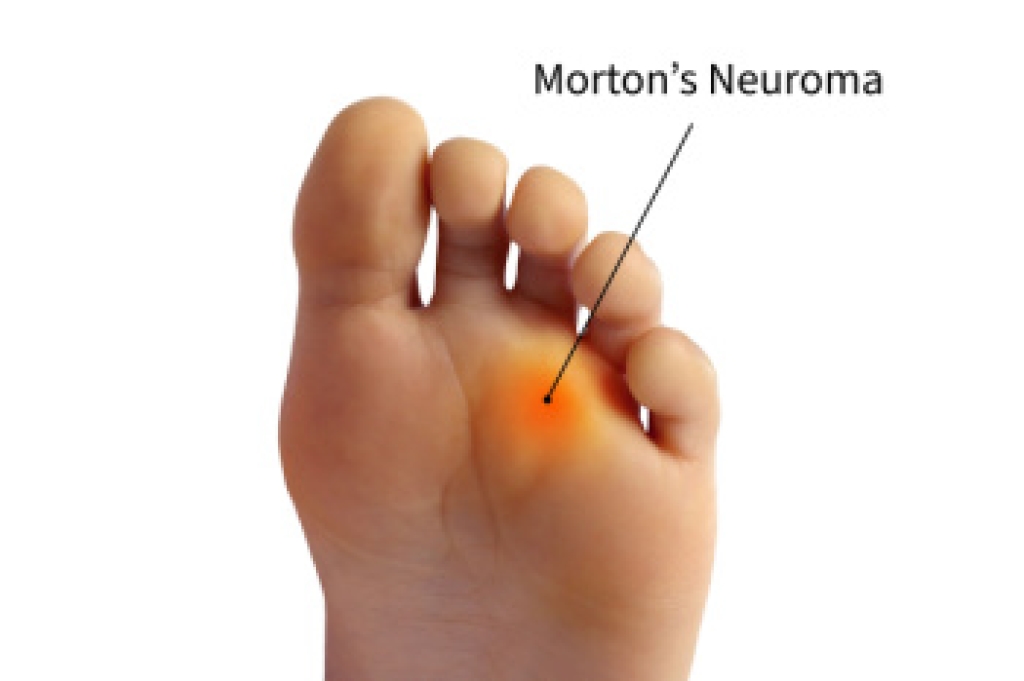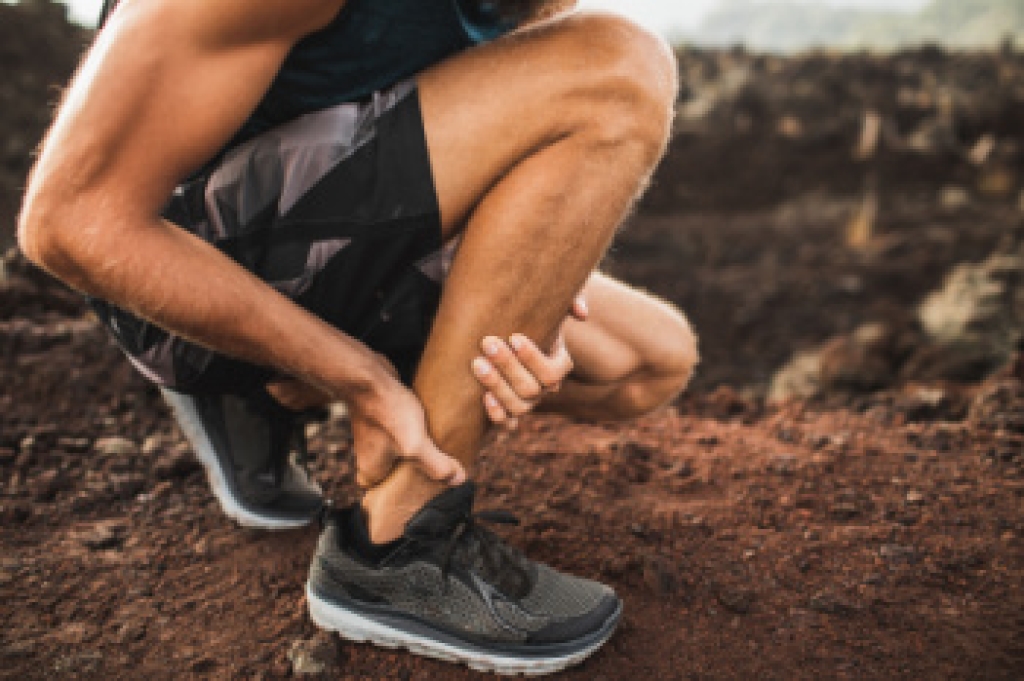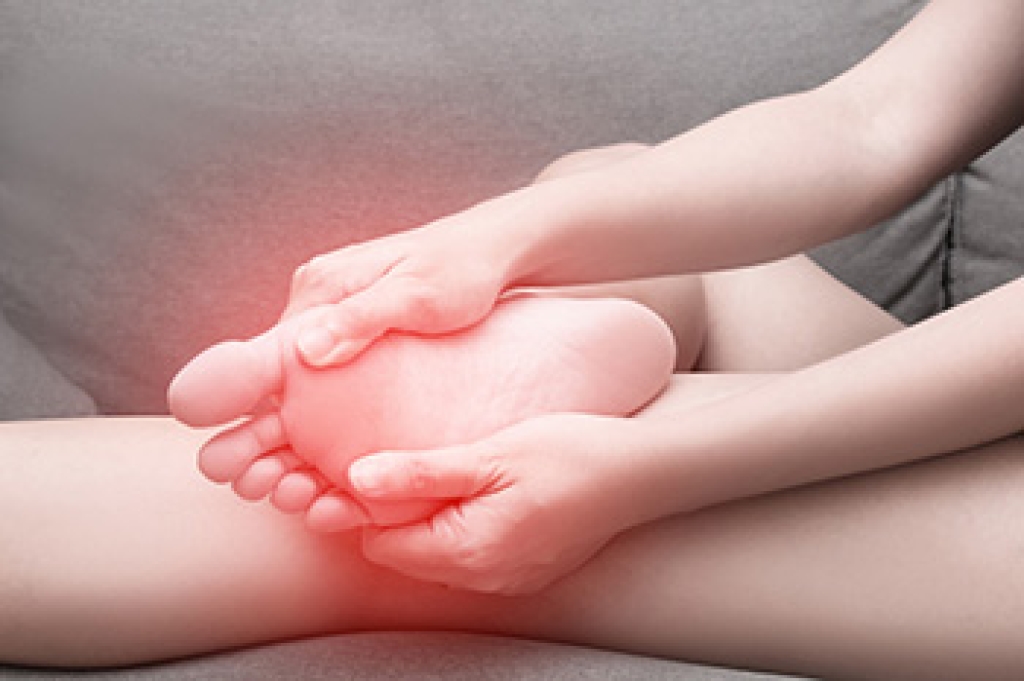
Morton’s neuroma is a common source of forefoot pain that can feel like stepping on a pebble or experiencing a sudden electric shock between the toes. This condition develops when the nerve between the metatarsal bones becomes irritated, often from wearing tight shoes, high heels, or repetitive pressure during walking or exercise. Over time, the nerve thickens, leading to burning sensations, numbness, or tingling that may radiate into the toes. Some people notice the pain comes and goes, while others find it steadily interfering with daily activities. Simple changes in footwear and activity may ease early symptoms, but ongoing discomfort should not be ignored because it rarely improves without proper guidance. A podiatrist can evaluate the nerve, recommend supportive options, and offer treatments that reduce irritation. If you continue to feel a sharp or tingling pain in the ball of your foot, it is suggested that you see a podiatrist for an accurate diagnosis and relief.
Morton’s neuroma is a very uncomfortable condition to live with. If you think you have Morton’s neuroma, contact one of our podiatrists of New Jersey. our doctors will attend to all of your foot care needs and answer any of your related questions.
Morton’s Neuroma
Morton's neuroma is a painful foot condition that commonly affects the areas between the second and third or third and fourth toe, although other areas of the foot are also susceptible. Morton’s neuroma is caused by an inflamed nerve in the foot that is being squeezed and aggravated by surrounding bones.
What Increases the Chances of Having Morton’s Neuroma?
- Ill-fitting high heels or shoes that add pressure to the toe or foot
- Jogging, running or any sport that involves constant impact to the foot
- Flat feet, bunions, and any other foot deformities
Morton’s neuroma is a very treatable condition. Orthotics and shoe inserts can often be used to alleviate the pain on the forefront of the feet. In more severe cases, corticosteroids can also be prescribed. In order to figure out the best treatment for your neuroma, it’s recommended to seek the care of a podiatrist who can diagnose your condition and provide different treatment options.
If you have any questions, please feel free to contact our office located in Neptune City, NJ . We offer the newest diagnostic and treatment technologies for all your foot care needs.




